In the 1920s, the “lost generation” of novelists and short story writers was pessimistic, depressed, and felt lost in an idealistic society.
![Strolling through the American Literature Garden [Part 2] Dạo chơi vườn văn Mỹ [Kỳ 2]](https://vstatic.vietnam.vn/vietnam/resource/IMAGE/2025/1/21/28c1ade8a5234db383048a65b4cf87b4) |
| Writer Ernest Hemingway. (Source: Getty Images) |
Francis Fitzgerald (1896-1940) considered himself a representative of the “jazz age” of the 1920s, “when the new generation grew up to see all the gods dead, the war ended, and all human beliefs overthrown.”
But perhaps the most representative of the “Lost Generation” was Ernest Hemingway (1899-1961), the writer who committed suicide with a rifle. Dos Passos (1896-1970) was melancholy and disappointed, and he raised metaphysical questions about the human condition. William Faulkner (1897-1962) intertwined the themes of human alienation and loneliness with the theme of the American South in his experimental novels.
Henry Miller (1891-1980) broke the bourgeois social formula, he anarchically rejected literary conventions, addressed sex with a revolutionary perspective, he wrote original, humorous, grotesque stories, half sexual, half mystical, with themes of a mentally ill nature.
Thomas Wolfe (1900-1938) wrote deeply about New York, feeling out of place in the society around him, he did not criticize it, but focused on writing about himself and the people he knew.
In the first decades of the 20th century, the modernist school of poetry appeared. The American-British "imagism" poetry was born around 1910, advocating brevity, sometimes only four or five lines, recreating the image of the individual (not just describing), free verse against formulaic sentiments.
The representative of this poetic genre is Ezra Pound (1885-1972), usually in Europe; later the poetry developed into an obscure, complex form. Influenced by Pound, Thomas Stearns Eliot (1888-1965) is an American poet who became a British citizen (Nobel Prize winner) and is considered the poet of modern poetry of the 20th century; he deals with the skepticism and emptiness of the human soul, writes poetic dramas, metaphysical and religious essays.
Also in the 20th century, the Fugitive poetry movement (“Thoáng qua” - from the name of the poetry magazine The Fugitive ) gathered a number of Southern poems praising loyalty to rural life, with the conservative nature of the South; finding inspiration in the homeland rather than looking outward like the modern school of poetry. The leader was John Crowe Ransom (1888-1974).
The new theater flourished, especially with Eugene Gladstone O'Neill (1888-1953, four-time Pulitzer Prize winner for drama and Nobel Prize for Literature in 1956), moving from naturalism and realism to metaphysical thinking, using psychoanalysis with pessimistic nuances, especially in the 1930s economic crisis (the theater focused on social issues in these years).
The 1930s was a time of crisis. This was the period when realism dominated literature. Novels and short stories took social reality and real human problems as their subject matter. Each work was a vivid and familiar picture of people and the life around them.
Erskine Caldwell (1903-1987) wrote 26 novels that sold 40 million copies (including Tobacco Road, 1952); the misery of white and black proletariat in the Southern states. John Steinbeck (1902-1968) told about the misery of workers and especially Southern farmers whose land was confiscated and miserably exploited when they wandered to the West.
The Great Depression and World War II were also periods when readers sought escape from reality through two literary genres: detective and crime stories with Dashiell Hammett (1894-1961), Raymond Chandler (1888-1959), James Mallahan Cain (1892-1977); historical novels with Margaret Mitchell (1900-1949). In the 1930s, Pearl Buck (1892-1973), the daughter of pastors in China, wrote novels in a separate field.
In the 1940s, cowboy novels began to flourish again, and from the 1950s, cowboy movies also took on a new quality. In the 1960s, television brought into families the image of the self-confident, brave Western cowboy hero. Since World War II, literary works and the number of authors have increased exponentially.
Immediately after the war, a number of young writers analyzed the impact of war on human character: Norman Mailer (1923-2007) in The Naked and the Dead (1948) tells about a group of American scouts invading a Japanese-occupied island, the army like a road roller crushing individuals; Irwin Shaw (1913-1984) opposed the Japanese and fascists in The Young Lions (1948). In his satirical novel about war and bureaucracy Catch-22 (1961), Joseph Helle r (1923-1999) considered war an absurd training for the insane.
Post-war poets, although following traditional forms, still expressed strong emotions, such as Robert Lowell (1917-1977), Theodore Roethke (1908-1963). But there were poets who expressed new poetics, especially the San Francisco group, an important part of the "Beat Generation" school, a generation that rebelled against industrial and technical social conventions and had the ambition to live bare, without any superfluous objects, abandoning the lifestyle and values of the middle class. In essence, it was a relatively large lyrical poetry movement since World War II. Typical examples were Lawrence Ferlinghetti (1919-1921), Allen Ginsberg (1926-1997), Jack Kerouac (1922-1969), William Burroughs (1875-1950).
Source



![[Photo] Ca Mau "struggling" to cope with the highest tide of the year, forecast to exceed alert level 3](https://vphoto.vietnam.vn/thumb/1200x675/vietnam/resource/IMAGE/2025/11/04/1762235371445_ndo_br_trieu-cuong-2-6486-jpg.webp)
![[Photo] The road connecting Dong Nai with Ho Chi Minh City is still unfinished after 5 years of construction.](https://vphoto.vietnam.vn/thumb/1200x675/vietnam/resource/IMAGE/2025/11/04/1762241675985_ndo_br_dji-20251104104418-0635-d-resize-1295-jpg.webp)

![[Photo] Panorama of the Patriotic Emulation Congress of Nhan Dan Newspaper for the period 2025-2030](https://vphoto.vietnam.vn/thumb/1200x675/vietnam/resource/IMAGE/2025/11/04/1762252775462_ndo_br_dhthiduayeuncbaond-6125-jpg.webp)
![[Photo] Ho Chi Minh City Youth Take Action for a Cleaner Environment](https://vphoto.vietnam.vn/thumb/1200x675/vietnam/resource/IMAGE/2025/11/04/1762233574890_550816358-1108586934787014-6430522970717297480-n-1-jpg.webp)


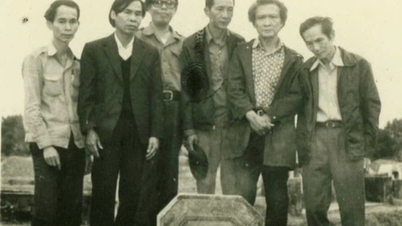

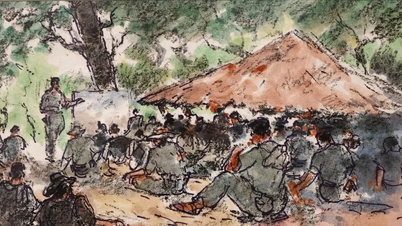



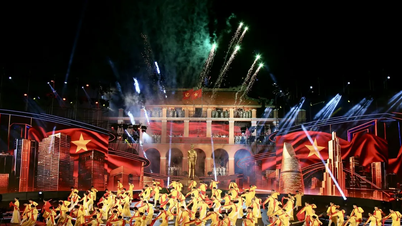



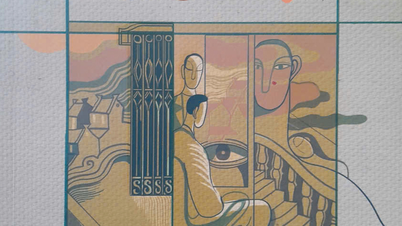

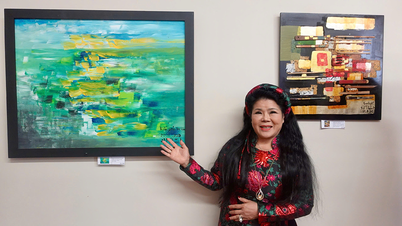
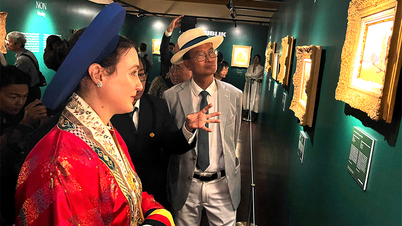
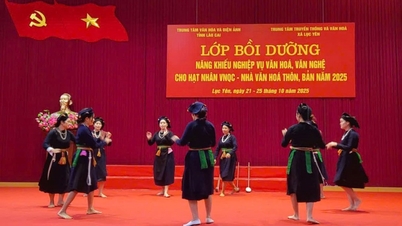













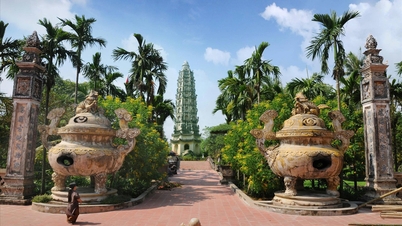



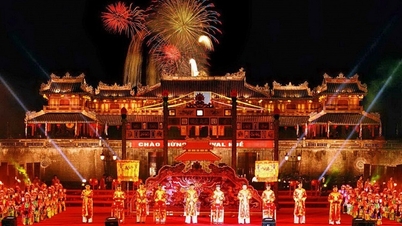


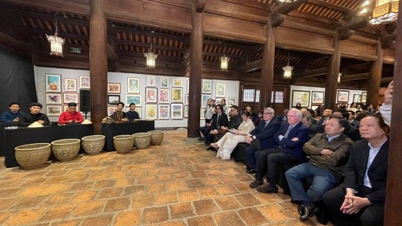



























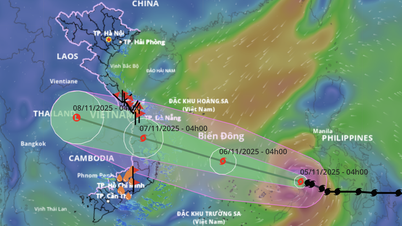





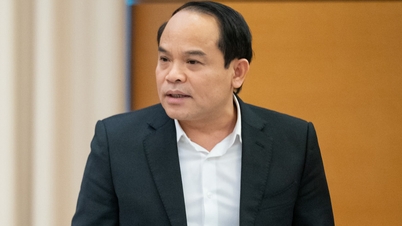





















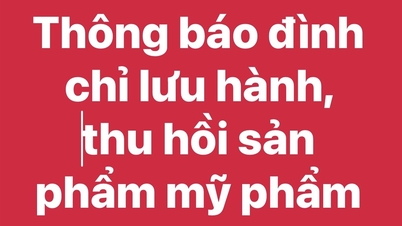






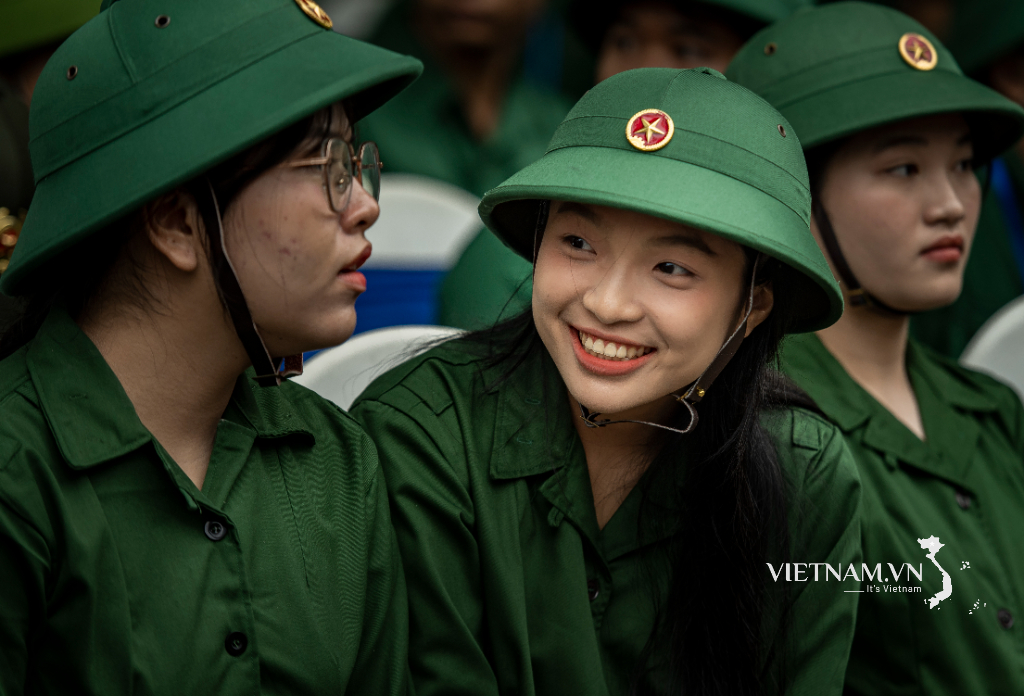

Comment (0)